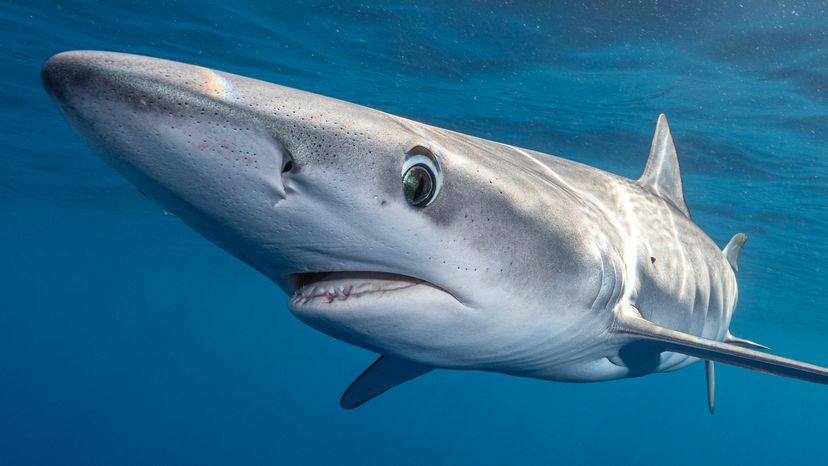As you may have guessed, human activities are the primary source of drugs entering water systems. Cocaine and other illegal substances can end up in the water when drug smugglers sink their own vessels to avoid being caught by the law. Sometimes, they sink accidentally.
Outside of smuggling, marijuana, cocaine and other illicit substances can be excreted by users and then enter sewage systems. Many wastewater treatment plants are not equipped to completely remove these contaminants, allowing them to pass through and eventually reach natural water bodies.
Beyond illegal drugs, pharmaceuticals used for medical purposes can also end up in water sources. People often dispose of unused or expired medications by flushing them down toilets or sinks. Hospitals and pharmaceutical factories can also contribute to this issue if their waste management practices are not adequately regulated.
Agricultural Runoff
Agriculture is another significant contributor to water pollution. The use of veterinary drugs in livestock farming can lead to residues being washed into nearby streams and rivers during rainfall.
Pesticides and fertilizers, often containing chemicals that can degrade into drug-like substances, also contribute to the contamination of water bodies.
Industrial Discharge
Some industries — particularly those involved in chemical manufacturing — release pollutants into water systems through improper waste disposal.
The pharmaceutical industry, for example, introduces active pharmaceutical ingredients (APIs) and antibiotics into aquatic environments primarily through the discharge of untreated or inadequately treated wastewater from manufacturing plants.
Due to their chemical stability, many drugs and their metabolites can persist for long periods once in the water. This persistence means that even low levels of contamination can accumulate over time, leading to significant concentrations that can affect marine life like Brazilian sharpnose sharks.
And this contamination is much more widespread than you think.
